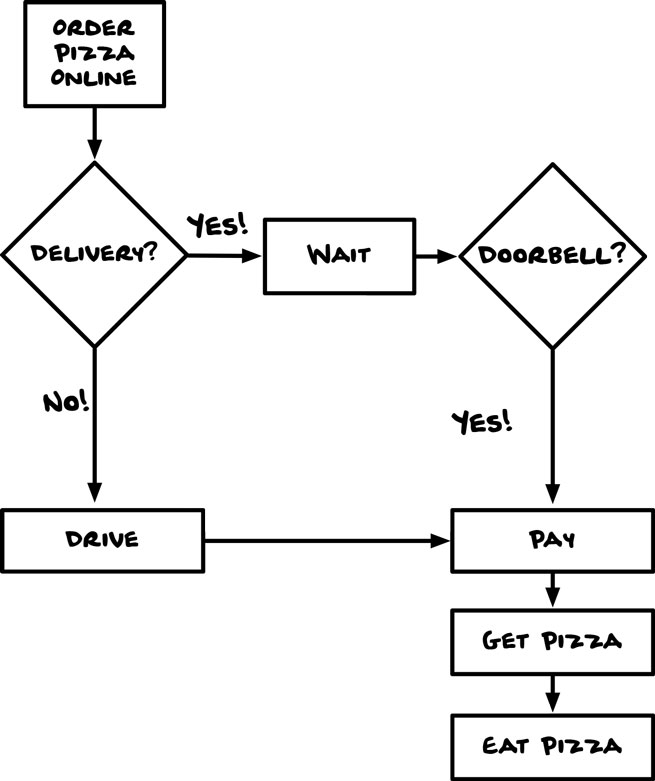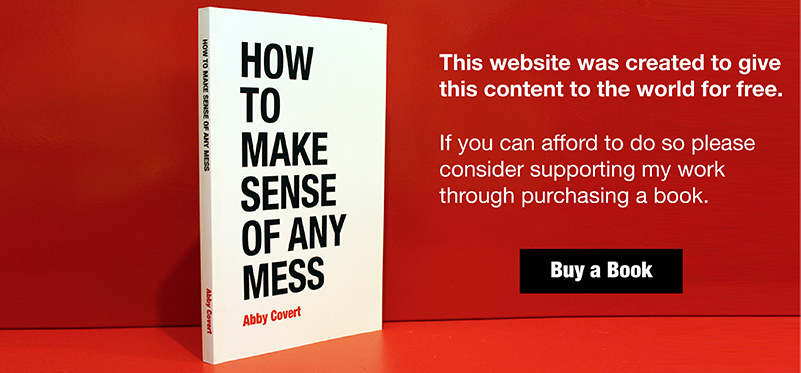Connection (noun.)
Definition: A relationship or association that links a person, thing, or idea with another person, thing, or idea.
Also referenced as: Connectivity (noun) Connect (verb) Connections (noun)
Related to: Category, Label, Relationship, Structure
Chapter 1: Identify the Mess | Page 17
Every thing is complex.
Some things are simple. Some things are complicated. Every single thing in the universe is complex.
Complexity is part of the equation. We don’t get to choose our way out of it.
Here are three complexities you may encounter:
- A common complexity is lacking a clear direction or agreeing on how to approach something you are working on with others.
- It can be complex to create, change, access, and maintain useful connections between people and systems, but these connections make it possible for us to communicate.
- People perceive what’s going on around them in different ways. Differing interpretations can make a mess complex to work through.
Chapter 3: Face Reality | Page 67
2. Flow Diagram
A flow diagram outlines the steps in a process, including conditions a user or system is under, and connections between tasks.
Conditions are rules that dictate the flow. For example, the path I take in the flow is different if I’m ordering for pickup or delivery.

Chapter 3: Face Reality | Page 73
8. Mind Map
A mind map illustrates the connections between concepts, objects, ideas, channels, people, and places within a particular context.
These concepts don’t necessarily live under an established hierarchy or sequence. For example, in the diagram above, I’ve outlined the various aspects of running a pizza parlor as the owner (me!) might think about them.

Chapter 6: Play with Structure | Page 141
Hypertexts bridge taxonomies.
We use hypertext to connect things without necessarily placing them together.
Hypertexts are fundamentally different from hierarchical, heterarchical, and sequential taxonomies, because they don’t change where things are located, just how they’re found.
We use hyperlinks to allow users to jump between taxonomies instead of duplicating or moving content. For example, we might hyperlink the bolded words throughout this book. If a user clicks on one of them, we could take them to a definition in the lexicon. We’re moving the user to the content instead of repeating it.
A signpost directing you to a store around the corner is also hypertextual, because it sends you to a specific location without changing the location of the store.
Similarly, websites use hypertext to link to content without needing to repeat it.
